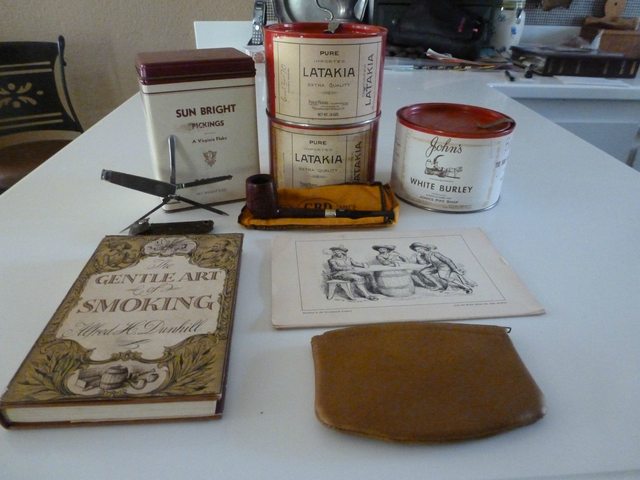glpease
Well-known member
- Joined
- Dec 11, 2007
- Messages
- 545
- Reaction score
- 0
Actually, bulk leaf, prior to secondary processing, is kept dry to keep it stable, prevent rot, and so on. The last thing a supplier or a blender wants is to have bales of tobacco fermenting and aging after the initial processing, thus changing over time. As for water weight, that's a split hair that deserves another look.Kyle Weiss":7zfy7x73 said:I like the flour/tobacco analogy. I like that a lot. As a fellow food nerd, especially.
Meanwhile, I assume at least in part, besides keeping the product, shipping around large quantities tobacco laden with water is much more expensive, too. Water weighs a lot. That might have something to do with why it is dried when getting to the second stage of tobacco production, say, at a blender's location.
I'm okay when certain bulk blends come to me a little dry, and I happen to notice there's a little more in the bag. I can deal with adding a little moisture if needed. :cheers: The volatile compounds that are separate from the moisture content should be healthily intact, though. I like those.
8)
I think most consumers would prefer to buy a tin of tobacco that's at the proper moisture level, paying for 3-4% more water weight, than one that breaks up and turns to dust in shipping. I've had very dry tobaccos produce as much as 20% waste when sifted, and 10-15% is not uncommon. As the tobacco dries in the tin, there will be enough breakage and loss - we don't want to START that way. (It took me a long time to convince the factory that "selling water" in this case actually saves the consumer money in the end, as they're not throwing out a bunch of dust.)
Of course, if the tobacco is being sold with 20% moisture, and higher, that's a different story. And, some bulk aromatics are being delivered just that way.
As for final smoking, it's much easier to dry tobacco than to rehydrate it properly. Adding moisture takes time, and we can be an impatient lot. The stuff is hygroscopic, but it takes many hours for the moisture to actually penetrate into the leaf, rather than sitting on top of it. If sufficient time isn't allowed, people will tend to rush the process by over-moistening, and often end up with a moldy mess.












![[3-Size Set] Copper Pipe Cleaner for Drill, Clean 1/2, 3/4, 1-in Copper Pipes & Tubes for Soldering, 3 Tube Cleaning Brushes, Model InerLok050, 075, 100, w/ Stainless-Steel Wire Bristles & 1/4” Shank](https://m.media-amazon.com/images/I/41QVxunlqML._SL500_.jpg)









